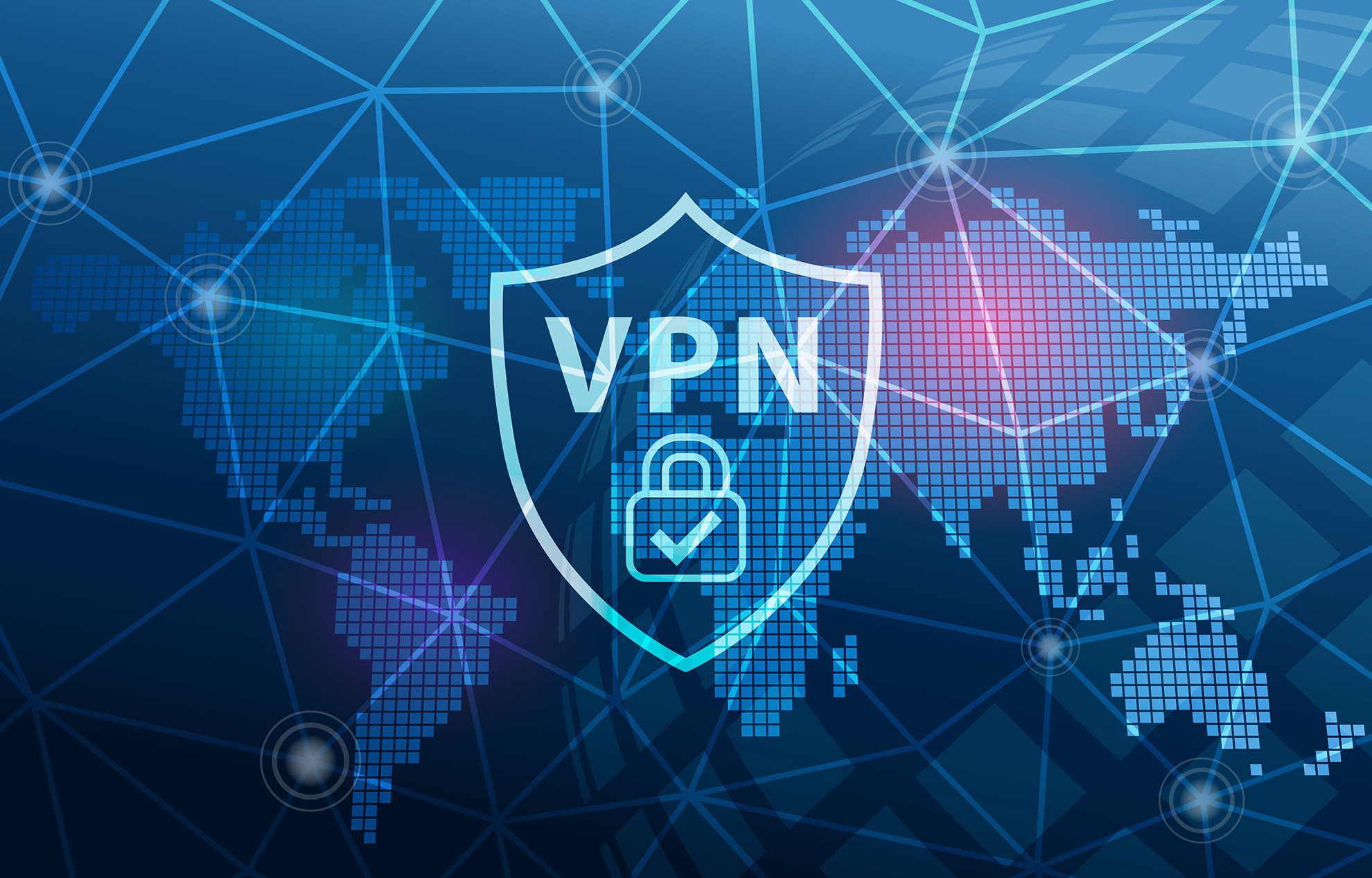
VPN also gained popularity as everyone at home could access more online entertainment content by bypassing geo-restricted streaming platforms. The use of VPN has gone up this year as everyone is working from home and needs an extra layer of security while using the internet.
Open the streaming platform or websites you wish to access. Connect to the server from the country you want to connect to.  Download and install the VPN app or extension from the VPN provider’s website. Once that’s done follow these simple steps to get started We've spent a lot of time trying to make our Windows VPN app the best it can possibly be so our users don't have to struggle for online security.The first thing first chooses the VPN service provider you wish to use. So if you want to switch VPN servers, you need to make another connection profile for that one.įinally, almost any commercial VPN that works on Windows already comes with a Windows client that is easier to use and more versatile. But you can only use one VPN protocol and VPN server per connection profile. You have to create a "connection profile" in Windows, where you choose your server and protocol. Secondly, you can't just set it up and go. You require a certain amount of technical knowledge to set up your VPN through Windows. In fact, you could argue it's one of the most unnecessarily complicated Windows features. That being said, you still shouldn't use it, and here's why.įirst, it's not particularly user friendly.
Download and install the VPN app or extension from the VPN provider’s website. Once that’s done follow these simple steps to get started We've spent a lot of time trying to make our Windows VPN app the best it can possibly be so our users don't have to struggle for online security.The first thing first chooses the VPN service provider you wish to use. So if you want to switch VPN servers, you need to make another connection profile for that one.įinally, almost any commercial VPN that works on Windows already comes with a Windows client that is easier to use and more versatile. But you can only use one VPN protocol and VPN server per connection profile. You have to create a "connection profile" in Windows, where you choose your server and protocol. Secondly, you can't just set it up and go. You require a certain amount of technical knowledge to set up your VPN through Windows. In fact, you could argue it's one of the most unnecessarily complicated Windows features. That being said, you still shouldn't use it, and here's why.įirst, it's not particularly user friendly. 
It allows you to connect to a third-party VPN service through Windows. You might have noticed in your Windows settings that Windows 10 seems to have a "VPN." Unfortunately, it's not really a VPN, but rather a VPN client.






 0 kommentar(er)
0 kommentar(er)
